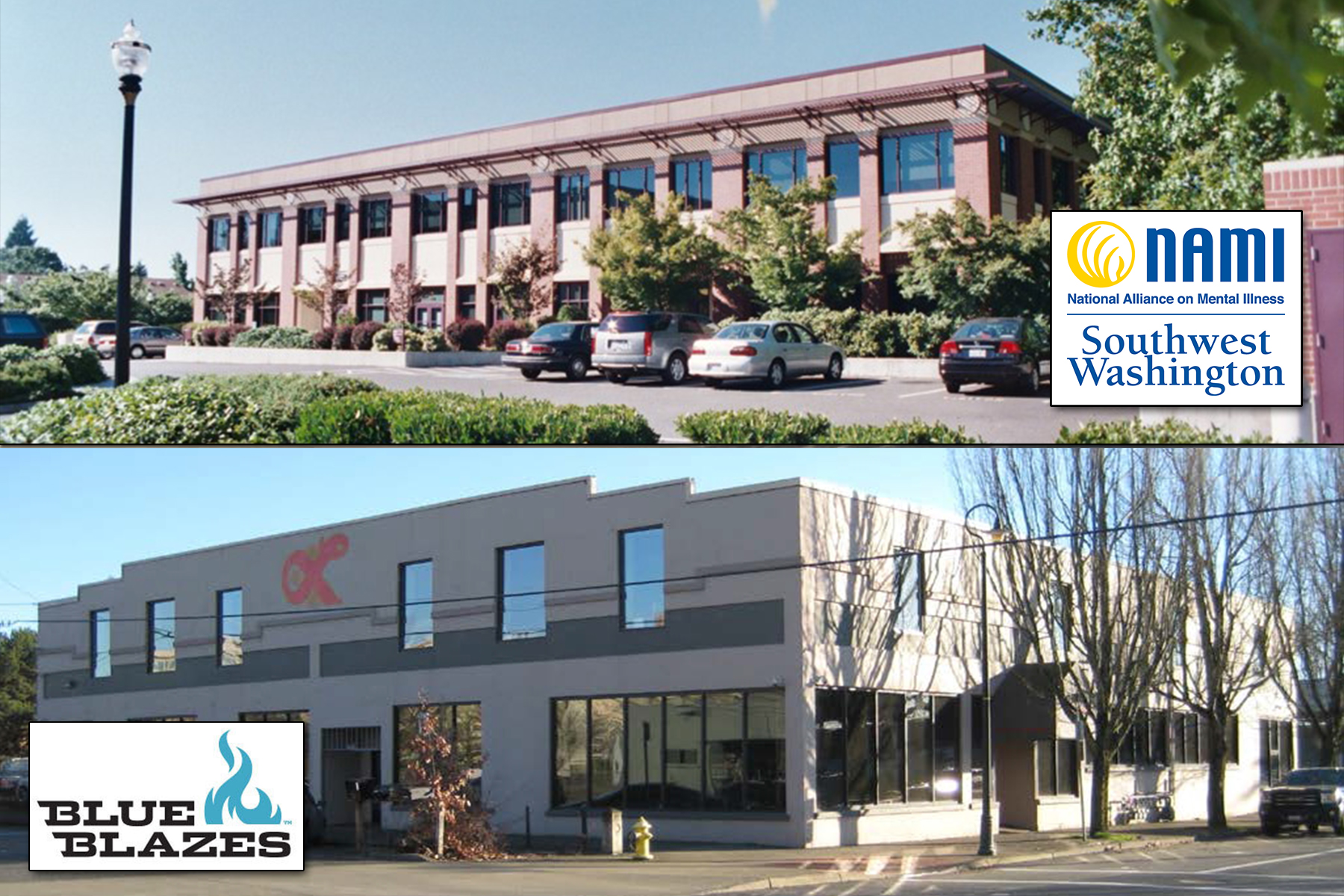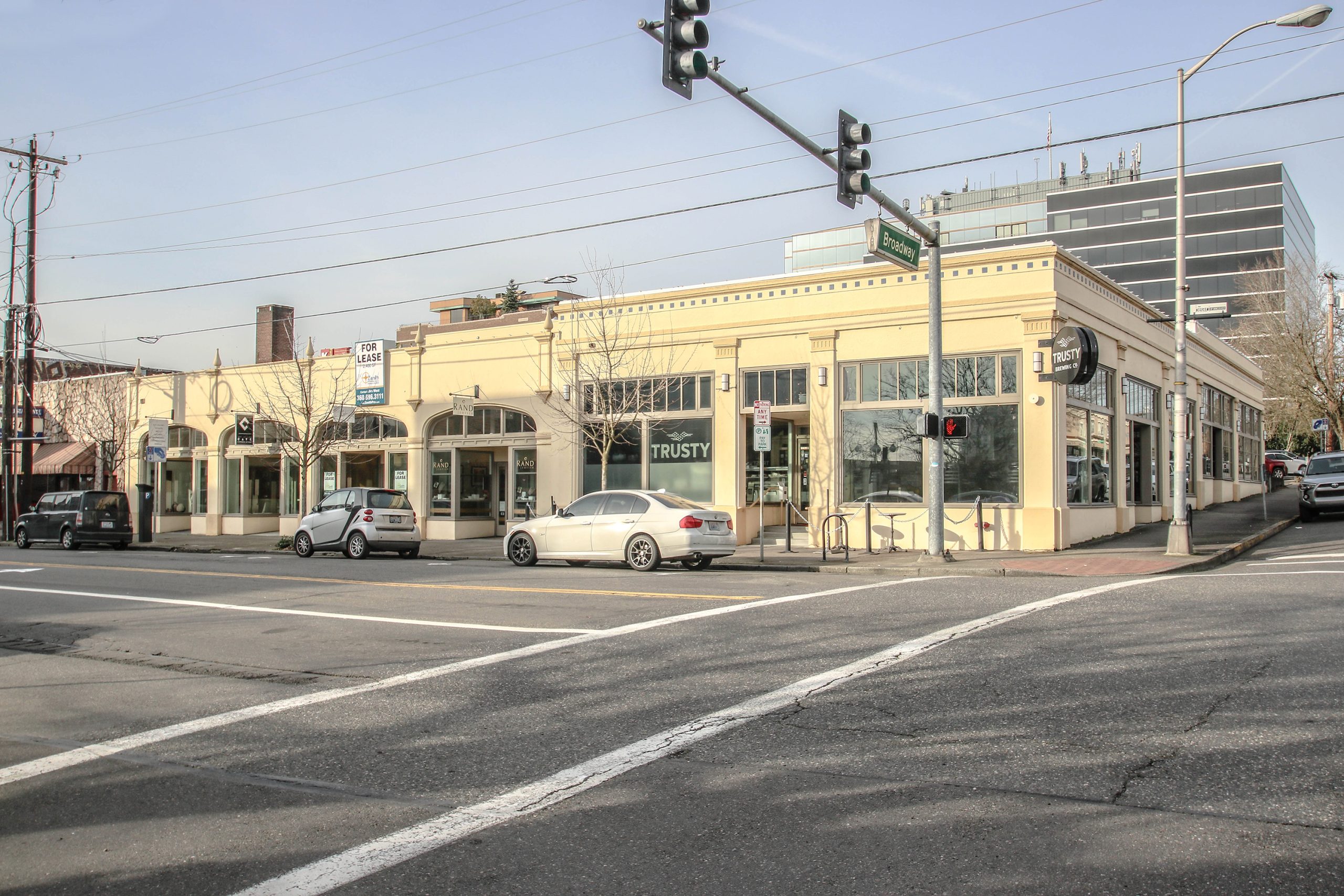Scott Bailey, Washington State labor economist had some good news in his most recently monthly employment report. Bailey announced that total employment in Clark County has finally surpassed the peak levels we achieved in 2007. Bailey has maintained in numerous public appearances and articles since 2009 that it would take 5 to 6 years to regain the jobs shed during the “Great Recession ” and his projections have turned out to be pretty much right on the mark.
The Columbian had an article on March 11 containing a summary of the recently released Washington State monthly employment report stating that ” the county continues to rev its engine, generating 5,500 jobs in the 12 months through January — an annualized growth rate of 4.2 percent. That’s double Washington’s overall annualized growth rate of 2.1 percent. As of January, Clark County had 1,000 more jobs than it did before the start of the recession”.
The job increases were seen across multiple sectors, however while the county has recovered its losses and then some, according to Bailey, “the composition of jobs by industry has significantly changed.” Since the economic crash, there are 3,300 fewer construction jobs, 1,200 fewer manufacturing jobs and 2,100 more health care jobs.
Bailey’s analysis based on population growth and normal labor market participation rates shows Clark County needs at least 5,000 more jobs to return to the labor market conditions before the recession began in December 2007. And that’s just for people who live and work in the county. Another 2,500 jobs would similarly be needed for county residents who work in Oregon, Bailey said.
For a broader view on the national level Dr. Bill Conerly – economist in Oregon was quoted in a recent Forbes article: “The headlines, though, focus on net new jobs, not total new hires. Say that one person retires and is replaced. There are no net new jobs, even though someone just got hired. People retire, quit, are fired, or die, and they often trigger replacement hiring. Further, some companies are growing while others are shrinking. The number of actual hires is vastly greater than the number of net new jobs: about 4.5 million hires per month. At that rate, it should take less than three months for all 10
million currently unemployed people to find work, on average.”
If Conerly’s perspective is correct we may be in for more good news in the near future.











